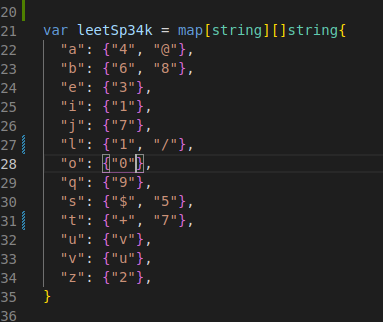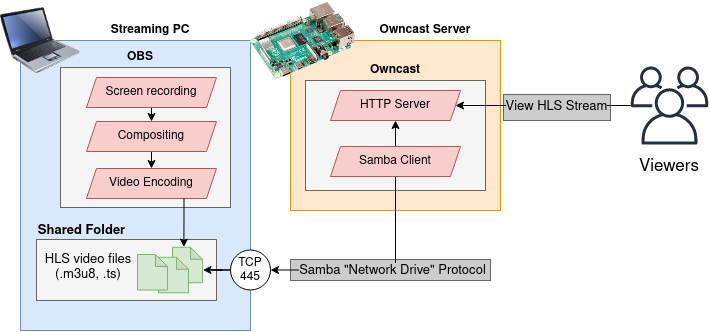golang
11 post collection

Words in a base64-encoded string... Which decodes to the same words in ascii
... so if you imagine f is the computation you want to remain the same regardless of whether it's operating on a base64'd input or not, and g is the base64 function, and x is a not-base64'd input, then f(g(x)) = g(f(x)) ... Oooooohhhhh yes so f = user reads the word 'example', g = base64…

Building a Spatial Index Supporting Range Query using Space Filling Hilbert Curve
Like Grant showed, it's continuous from order `n` to order `n+1`, meaning that scaling it down won't move anything around; in terms of percentages, both the 2D -> 1D and 1D -> 2D transformations will look exactly the same. After fixing a few bugs, it was "scrolling like butta" before my very eyes!…

How I optimized my Owncast Stream to run on a Raspberry Pi part 2
...my workstation CPU is a lot cooler, I don't get keyboard drop-outs while I'm typing any more and I think the stream quality is also improved even though the video bit rate is lower, since it's only being encoded once now instead of twice.…







